A few players from EURO 1992 and 1996 made the right move to the Premier League, as they thrived in England.
Major international tournaments such as the FIFA World Cup and EURO are not only about winning silverware but also a stage for players to put on a great show to attract big clubs or teams from top leagues to sign them after the competition is over.
In the 1990s, two EURO editions were held, in Sweden in 1992 and England in 1996. There had been a rising number of players moving to the Premier League between the former and the latter editions. After EURO 1992, only five players signed for English clubs, whereas four years later, 13 players switched sides to the EPL. However, not all of them had successful stints in England; only some of them did. Here are those who did shine while playing in the English top flight.
Jon Jensen (Denmark)
The former Denmark international was one of the key players on the backline when the Danish Dynamite stunned the world by lifting a trophy at EURO 1992. He even opened the scoreline in the final while crushing Germany 2-0 in the summit. He joined Arsenal from Brondby after the tournament and became the mainstay from 1992 to 1996, before the arrival of Arsene Wenger.
During his stint in Highbury, he was an integral part of the Gunners’ success in winning the FA Cup and EFL League Cup in 1993, the UEFA Winners Cup in 1994, and runner-up in the following edition. The former defensive midfielder was capped 63 times scored three goals and provided two assists in the international fixtures.
Dmitriy Kharine (Russia)
He was one of the underrated stars in EURO 1992, despite his team’s dismal campaign as they headed to exit early. At that time, Kharine was playing for CIS, consisting of players from the former USSR states, which then soon became independent nations after the fall of the Soviet Union, such as Ukraine, Belarus, and Russia. The former CSKA Moscow man played well in the first two games on the group stage while holding Germany and the reigning champion, the Netherlands, in a 1-1 and goalless draw. Such form attracted Chelsea to sign him in the summer of 1992, after the tournament.
Kharine’s first three seasons at Stamford Bridge were satisfactory. He earned praise for his contribution in helping The Blues reach the FA Cup final in 1994 and the semifinal in the Cup Winners Cup in 1995. Sadly, his fourth season was marred with injuries, plus the arrival of the 1994 FIFA World Cup goalie Ed de Goey. He began to lose his place when he had recovered.
The former goalkeeper had continued his international appearances for Russia, including two games in the 1994 FIFA World Cup. Overall, he played 23 times and managed to keep clean sheets in 12 matches.
Mikkel Beck (Denmark)
His name was probably unfamiliar among the fans, except for Middlesbrough fans, perhaps. He was one of the unknown talents at EURO 1996 who chose to move to England by joining Middlesbrough after the tournament.
Bryan Robson’s side was newly promoted and became the headlines everywhere as they signed the first Brazilian international to the EPL, Juninho Paulista, and 1994 World Cup hero Branco in the previous season. Beck was the next to arrive at Riverside from Fortuna Koln and became the mainstay there. The former striker, who registered one assist in EURO 1996, even stayed while they were relegated in 1997 and was able to help them return to the top flight in 1998. Overall, he netted 28 goals and provided eight assists in 105 games with Boro.
Fabrizio Ravanelli (Italy)
The Italian star, Fabrizio Ravanelli, was another surprise figure who switched sides to Middlesbrough from Juventus. However, unlike Beck, the Champions League winner opted to move to Marseille when Bryan Robson’s men fell to the Championship in 1997. The former forward, who had iconic silver hair, was the first choice during his stay in Riverside. He was able to score 31 goals and provide eight assists in 47 games in his season debut. Unfortunately, this could not help Boro stay in the top tier. In 2001, he came back to England to join Derby County after plying his trade in Ligue 1 and Lazio.
Ravanelli only earned 22 caps with Gli Azzurri, including two matches in EURO 1996 with eight goals and one assist in his collection. It was his only major international tournament in his career.
Gianfranco Zola and Roberto Di Matteo (Italy)
Gianfranco Zola and Roberto Di Matteo made a smart move to England to end their careers. They arrived in the EPL as marquee signings and instantly made an impact on Chelsea, both in the team’s style of play and silverware.
Zola and Di Matteo won the FA Cup twice in 1997 and 2000, plus the UEFA Winners Cup and UEFA Super Cup in 1998. They both stayed until 2003 and 2002, respectively, as they hung their boots.
In the international fixtures, both only featured more than 30 games. Zola was expected to be the main figure in Italy in Roberto Baggio’s absence but failed in EURO 1996. He only contributed one assist in three games, whereas Di Matteo only appeared in two games.
Interestingly, both did not have a long managerial career. Zola did not win a single trophy, while Di Matteo was more successful, with the Champions League and FA Cup in hand back in 2012 for the Blues. Yet he failed to deliver positive form in the following campaign or for the other clubs.
Allan Nielsen (Denmark)
Spurs also snatched one of the EURO 1996 stars, although he did not bring his team to the knockout stage. Denmark’s Allan Nielsen joined Tottenham from Brondby after featuring in three games and scoring one in the tournament. The midfielder centre immediately became the mainstay at the club and stayed till 2000. He won the EFL League Cup in 1999.
Nielsen also took part in the 1998 FIFA World Cup, as Denmark managed to reach the quarterfinals. He made 45 appearances, registering seven goals for the Danish Dynamite.
Aljosa Asanovic (Croatia)
The former Croatian international midfielder decided to sign for the lower-table team, Derby County, after EURO 1996. He left Hajduk Split after a loan spell at Real Valladolid in the 1995–96 campaign. Asanovic immediately became the key player in their starting lineup. However, he only stayed for one season before continuing his career in Italy in the summer of 1997. In EURO 1996, he made four appearances and contributed two assists.
Patrik Berger (Czechia)
He was one of the Euro 1996 stars who played in the final. He even bagged the opener with his penalty to give Czechia a lead before conceding twice from Oliver Bierhoff.
After the tournament, Berger joined Liverpool and became one of the key players until 2000. Unfortunately, when the Reds won the treble in 2001 and Liverpool tickets were in high demand, he started to lose his place in the starting XI. The former Dortmund man only played 20 games in all competitions, netting twice with six assists in total, which was way less than the previous seasons. He eventually left Anfield in 2003.




